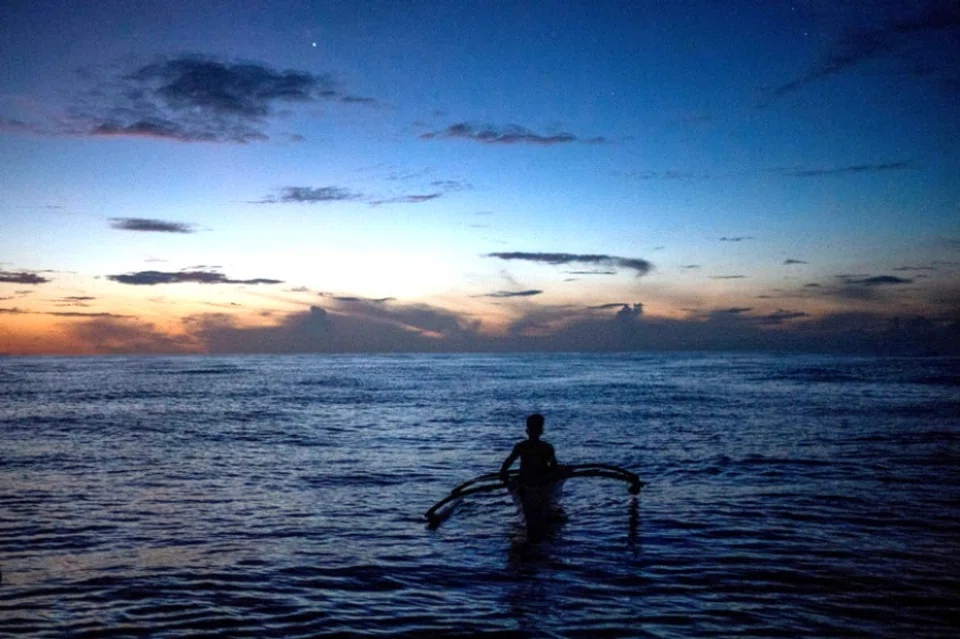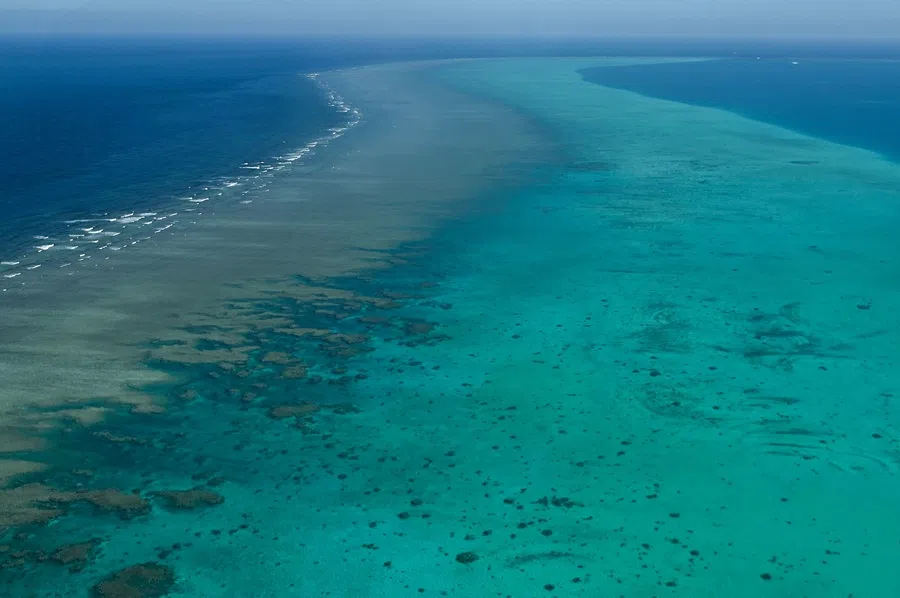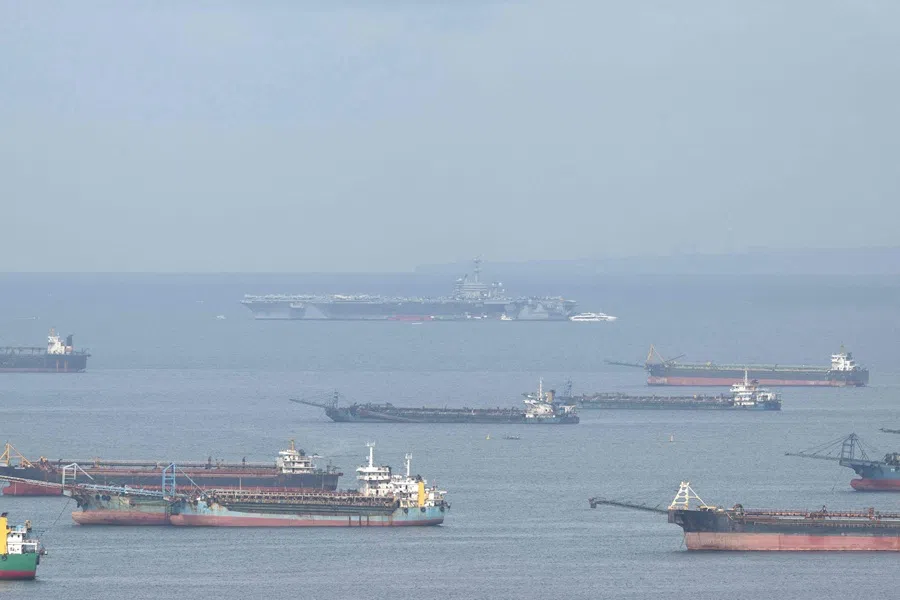Between law and power: The Philippines, China, and the future of Scarborough Shoal
China recently declared a national nature reserve at the Scarborough Shoal, despite the shoal being within the Philippines’ exclusive economic zone. Manila-based analyst Don McLain Gill notes that the declaration is a continuation of China’s “grey zone” tactics to expand its control and normalise its presence in disputed areas.

On 11 September, China unilaterally approved a proposal to establish a national nature reserve at the Scarborough Shoal in the South China Sea to preserve a 3,524-hectare coral reef ecosystem. The shoal, approximately 120 nautical miles west of the Philippine island of Luzon, is located well within the Southeast Asian nation’s lawful exclusive economic zone (EEZ).
In response, the Philippine Department of Foreign Affairs (DFA) strongly protested against China, emphasising that the shoal is “a longstanding and integral part of the Philippines over which it has sovereignty and jurisdiction”. Moreover, the DFA also highlighted that “the Philippines likewise has the exclusive authority to establish environmental protection areas over its territory and relevant maritime zones”.
While Beijing has explained its move as a benevolent effort to preserve the marine ecosystem of the Western Pacific, an objective evaluation of China’s activities at sea reveals a stark contrast. Moreover, it is more plausible that Beijing seeks to further its expansionist objectives through grey zone operations, especially as tensions continue to rise in other areas within the Philippines’ EEZ.
Recent escalations in Scarborough Shoal
Since 2012, Scarborough Shoal has been under China’s control following a standoff with the Philippines during the administration of President Benigno Aquino III, a presence not recognised under international law. Moreover, China has disrupted and blocked Filipino fisherfolk from accessing the resource-rich area, which it believes to have sovereignty over based on its nine-dash line map — a position that has been challenged under the framework of the United Nations Convention on the Law of the Sea (UNCLOS).
... there has been a considerable escalation of tensions around Scarborough Shoal brought about by China’s adamant insistence on strengthening its unilateral and exclusionary policies against lawful Philippine operations there.

In July 2016, the Permanent Court of Arbitration’s arbitral tribunal, constituted under UNCLOS, found China’s logic behind its nine-dash line “invalid”. Moreover, Scarborough Shoal is a traditional fishing ground for several communities in the Philippines, China (including Taiwan) and Vietnam. Thus, China’s assertive exclusionary policies against Philippine vessels at Scarborough Shoal from 2012 onwards illegally impede Filipino fisherfolk from exercising these very traditional fishing rights.
More recently, there has been a considerable escalation of tensions around Scarborough Shoal brought about by China’s adamant insistence on strengthening its unilateral and exclusionary policies against lawful Philippine operations there. In August alone, two critical events unfolded. On 11 August, the China Coast Guard (CCG) and People’s Liberation Army Navy (PLAN) collided with each other while harassing a Philippine Coast Guard (PCG) vessel around Scarborough Shoal.
Two days later, a Chinese fighter jet came dangerously close to a PCG aircraft during the latter’s maritime domain awareness flight over the shoal, indicating China’s increased willingness to take more risks in the South China Sea. Indeed, Beijing’s recent moves are a continuation of this escalatory pattern.
Paradox of China’s concerns over marine health conservation
To add more nuance, China’s use of marine health protection to justify its territorial interests is not new. Such acts have been part of Beijing’s grey zone utility belt since the 1990s.
For instance, in 1999, China announced the beginning of what came to be known as its annual fishing ban in the South China Sea. Beijing claims that this aims to contribute to marine health conservation and protect the fish population in these waters. According to the People’s Daily, China views the ban as “part of the country’s efforts to promote sustainable marine fishery development and improve marine ecology”. However, the realities at sea paint a different picture.
In the South China Sea, China’s artificial island building and involvement in illegal, unreported, and unregulated (IUU) fishing have contributed to the destruction of coral reefs and spawning grounds — posing some of the most serious challenges to preserving marine health in the region.
By designating the entire northeastern side of the triangular atoll, China positions itself to better control the shoal’s only navigable entrance — effectively strengthening its ability to restrict access by larger foreign vessels.

As China’s maritime enforcement capabilities grow — driven by the expansion of its naval and coast guard assets — it has also become increasingly assertive in operationalising its annual fishing bans. This approach appears aimed at normalising Beijing’s control over vital and resource-rich areas of the South China Sea, including those that fall within its contested nine-dash line claims, which have no legal basis under international law.
Through the militarisation of its coast guard and expansion of its maritime militia, China seeks to pressure Southeast Asian states like the Philippines and Vietnam into accepting its erroneous claims over their EEZs. Similarly, its occupation of Scarborough Shoal and extensive IUU fishing have forced Filipino fishers to rely on nearshore stocks, raising long-term concerns over food security.
Beijing’s recent declaration of Scarborough Shoal as a nature reserve is likely a pretext to further shift the status of the feature in its favour. By designating the entire northeastern side of the triangular atoll, China positions itself to better control the shoal’s only navigable entrance — effectively strengthening its ability to restrict access by larger foreign vessels.
Eventually, China would also intend to build “observation stations” in the reserve, which may be a pretext for more robust military outposts in the shoal, acutely endangering the well-being of the handful of Filipino fisherfolk who are already facing difficulties gaining access to fish around the shoal.
Washington “stands with our Philippine ally in rejecting China’s destabilizing plans to establish a ‘national nature reserve’ at Scarborough Reef” - US Secretary of State Marco Rubio on X
Philippines and US watch closely
Amid China’s announcement, the US has supported the Philippines’ opposition. On the social media platform X, US Secretary of State Marco Rubio stated that Washington “stands with our Philippine ally in rejecting China’s destabilizing plans to establish a ‘national nature reserve’ at Scarborough Reef”. He also added that the decision made by Beijing is “yet another coercive attempt to advance China’s interests at the expense of its neighbors and regional stability”.

While this show of solidarity is significant, the real challenge would lie in how the Philippines-US alliance would respond if China begins to build infrastructure on Scarborough Shoal and more vehemently restricts the access of Filipino fisherfolk and public vessels around it.
The alliance must begin contingency preparations since China is also increasing its maritime presence in other parts of the Philippines’ EEZ, such as Second Thomas Shoal. Thus, these developments will be a notable test for the Philippines and the US, especially as China will most likely exploit any opportunity to delegitimise and defame the value of the alliance.



![[Big read] China’s 10 trillion RMB debt clean-up falls short](https://cassette.sphdigital.com.sg/image/thinkchina/d08cfc72b13782693c25f2fcbf886fa7673723efca260881e7086211b082e66c)

